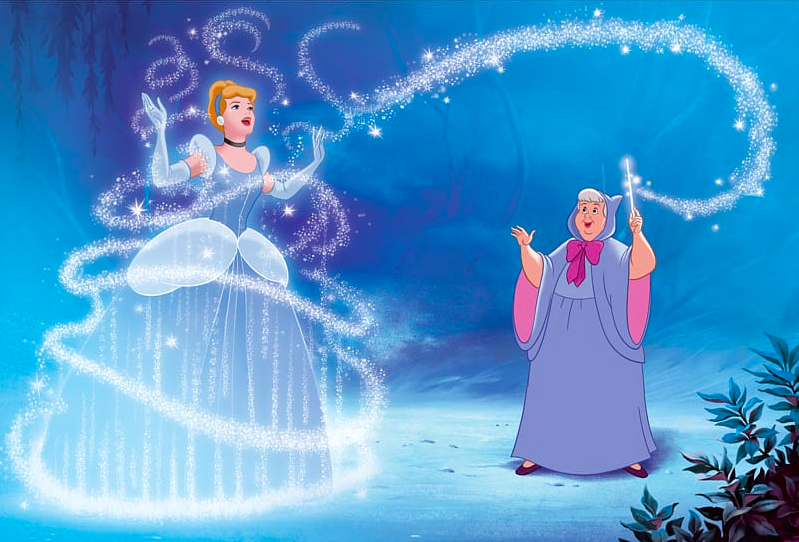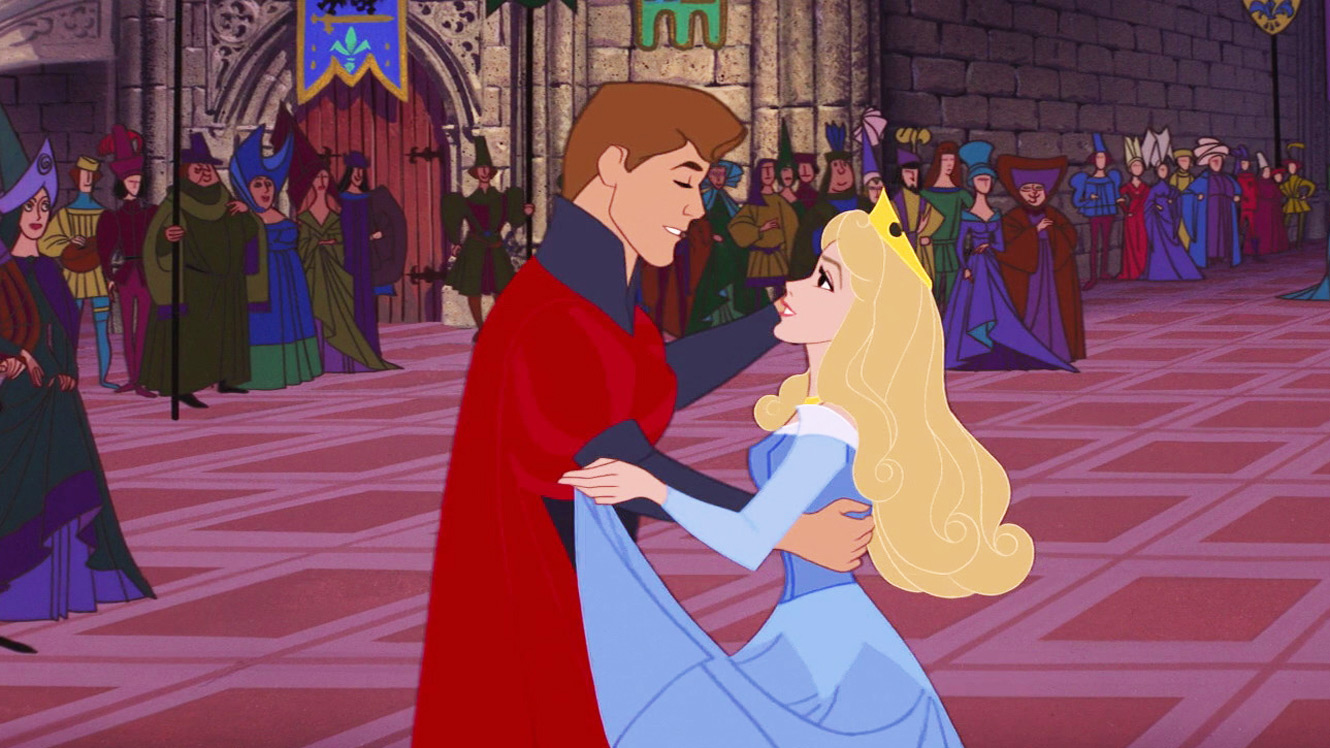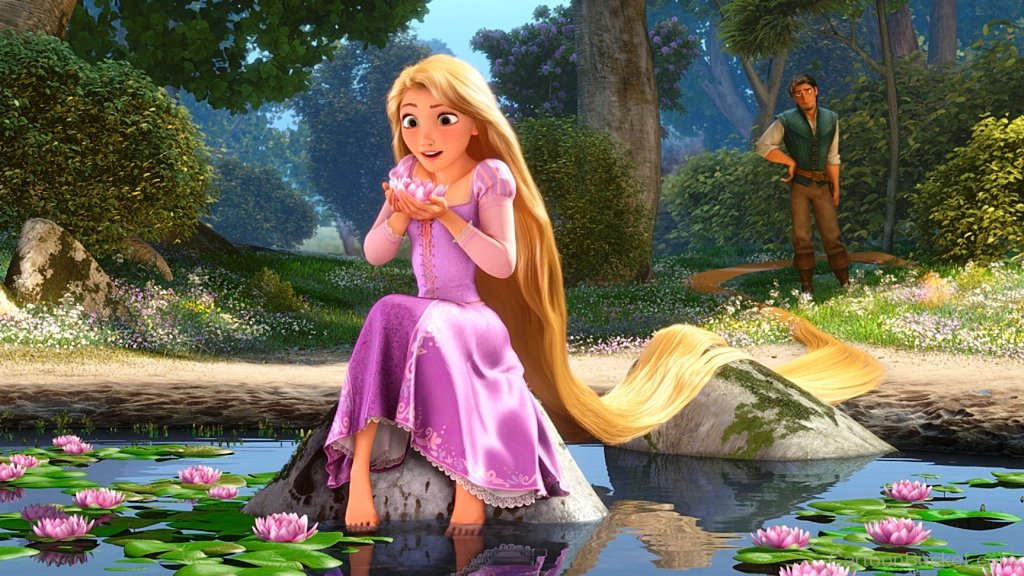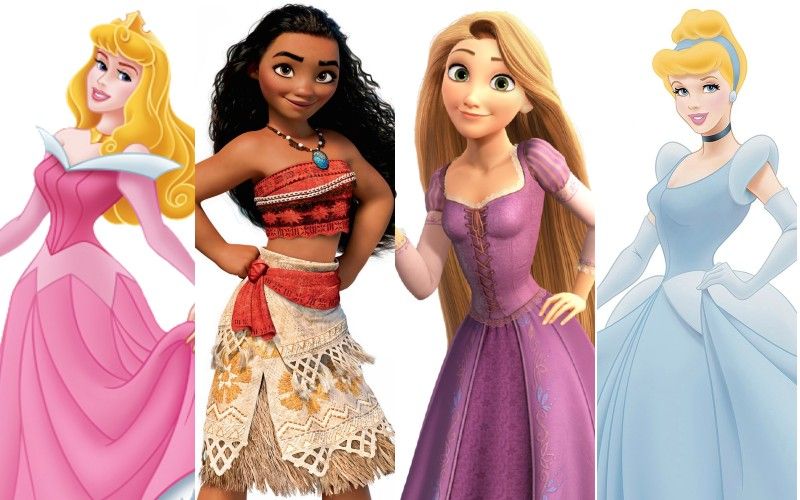Being a father of young children always brings about unexpected perspectives within everyday life.
My wife and I are blessed with five children under the age of seven. Three of them are girls. This means that watching Disney movies – especially Disney princess movies – is a regular occurrence within our home.
From Snow White to Frozen and everything in between, our kids can speak the lines and sing along with all the classics.
After watching these movies several times over the years, I started to look deeper into the significance of the characters and the stories. There is no denying that these films demonstrate excellent storytelling.
Walt Disney was the master of blending drama with stunning animation. This may be why he is the individual record holder for Oscar accolades (26 wins; 59 nominations).
But what makes a great story?
One of the greatest storytellers of all time, J.R.R. Tolkien, suggests that any good story is simply a taste of the greatest story, written on the hearts of every person from every generation.
It’s the story that everyone longs to hear. It’s the story of Jesus Christ: the “true myth” as Tolkien says.
Perhaps these classic Disney stories are no different. Perhaps these timeless tales are directing our hearts and minds to Christ. Let’s take a closer look at four of the films using a Christological lens.
Cinderella and the Two Natures of Christ
Cinderella (1950) tells the tale of a young, pure-hearted girl living at the mercy of her cruel stepmother and stepsisters.

Cinderella is subjected to constant servile work, while also being forced to live in an attic infested with adorable mice. Despite all of this, Cinderella remains kind at heart; living a humble life of obedience (Phil. 2:8).
Like St. Francis of Assisi, she takes great care of countless animals, constantly protecting them from the menacing cat, Lucifer. “Lucifer” being the historic name of the fallen angel, Satan.
In a nearby kingdom, the king grows impatient with his son who unsuccessfully searches for a suitable bride.
He invites all the local maidens to a royal ball. This Bachelor-style speed-dating event is where the prince will choose his wife. This is where we begin seeing the two natures of Christ, as represented by the character Cinderella.
Cinderella is eager to attend the ball. However, she does not have the proper gown.
All the mice band together to make a dress for their “Cinderelly.” They make her a humble pink dress. Pink, being a close color relative to red, represents humanity’s life on earth. Cinderella the servant represents Christ’s human nature.
Despite her rodent friends’ best efforts, the stepsisters destroy Cinderella’s only dress. Despair overcomes her and she flees to weep.
Like Jesus, Cinderella weeps in a garden (Matt. 26:36-46). She is met by her fairy godmother, who gives her a shimmering blue dress. Blue signifies the heavens and the kingdom of God not of this world.
Cinderella the princess represents Christ’s divine nature.
Cinderella arrives at the ball and immediately begins dancing with the Prince. The two fall in love just in time for the clock to strike midnight, her fairy godmother.’s curfew.
Cinderella makes a swift getaway, but not before leaving behind her glass slipper. The prince finds her using the glass slipper, and the two live happily ever after.
Aurora and the Resurrection
Sleeping Beauty (1959) is the enchanting story of a royal kingdom of King Stefan and Queen Leah.

The King and Queen struggle to conceive a child for many years. After much prayer, they finally conceive a child in their elder years: Princess Aurora.
She is under the immediate protection of three fairies.
The biblical parallel is the story of Abraham and Sarah, who conceived in their elder years. God sent them three angels to announce the birth of their son, Isaac (Gen. 18).
In the story, the evil witch, Maleficent, immediately curses the child. The witch states that Aurora will prick her finger on the spindle of a spinning wheel and die.
The curse of death awaits her: Where, O death, is your sting? (1 Cor. 15:55)
For her protection, Aurora is secretly taken away to be raised in the forest.
Despite every effort to avoid the prophetic curse, Aurora pricks her finger just before the sun sets on her sixteenth birthday. She experiences a sleep of death, brought about through temptation and the fall.
Aurora is laid to rest in the highest tower of the kingdom.
Similarly, the fairies cast a powerful spell on the entire kingdom, causing everyone to sleep until the spell might be broken. They are all asleep and awaiting the Prince: an oblique reference to the “Bosom of Abraham,” where those who have fallen asleep are awaiting the Messiah to open the gates of Heaven (Luke 16:19-31).
Prince Philip (Christ) is then given the Sword of Truth and the Shield of Virtue.
He rides to the kingdom, only to discover that it has been surrounded by thorns – a crown of thorns. The Prince slays the dragon (the serpent) and resurrects Aurora with a kiss.
Christ is united with his Bride: The Church. The Son of the King destroys the curse of death.
Rapunzel and the Incarnation
Disney’s production of Tangled (2010) is a fresh retelling of the original German fairy tale, Rapunzel.

This newer version provides an interesting backstory that mirrors the Incarnation of Jesus – that is, God becoming Man in the flesh.
“Incarnation” literally means “to take on flesh.”
Long ago, a drop of liquid sun falls to the earth and sprouts a magical healing flower. The flower gives eternal life to anyone regularly exposed to its magical properties.
For centuries, Mother Gothel, a sinister local woman, secretly used the flower to selfishly retain her own youth. S
he becomes enraged as soldiers from the nearby kingdom take the flower. They use it to cure the ailing Queen who is both pregnant and deathly ill. She is cured of her illness, and she gives birth to Princess Rapunzel.
Rapunzel is born with beautiful golden hair, which retains the magical properties of the sun flower.
We can immediately see parallels to the divine nature of Jesus Christ.
The sun (Christ the Son) drops down to earth and can reward eternal life to all who gaze upon it (Him). This is certainly reminiscent of Jesus, but it also harkens to the bread manna that was dropped down from Heaven to feed the Israelites in the desert (Ex. 16:31).
The magical flower also brings to mind the bronze serpent that grants life to all who gaze upon it (Num. 21:6-9).
While this is not a perfect analogy to the Incarnation (the Queen was already pregnant, thus the divine droplet from the sun healed the child in the womb. It did not make the Word Incarnate). The parallel still remains: the Divine Light drops down to earth and facilitates the birth of a child who is born of a woman from a royal lineage (Jesus of David’s line). “And at last [we] see the light!”
Moana and Baptism
Disney’s Moana (2016) certainly contains themes that contradict Christian theology, namely reincarnation and polytheism.

However, as we have explored, any great story can direct hearts and minds to the greatest story. As we will see specifically, the story of Moana perfectly outlines the biblical teaching of salvation through baptism.
Moana is a child of Polynesian royalty. She lives as the daughter of a chief on a small Pacific island called Motunui. The islanders worship the goddess Te Fiti, who brings about life with a small stone in her heart called the “Heart of the Ocean.” A demigod named Maui steals heart, and Moana must find him to restore life.
Moana experiences a kind of baptism as a toddler when she wanders down to the beach alone.
The waters open to allow little Moana to walk further down into the surf. The ocean water wraps around her and eventually gives her the small heart stone.
The water chooses Moana, which is reminiscent of God speaking of Jesus after his baptism in the Jordan River: “This is my beloved Son; with him I am well pleased.” (Matt. 3:17)
Unbeknownst to everyone, Moana’s eccentric grandmother takes the heart for safekeeping.
Moana is then raised on the island, which has a strange socialistic societal structure. The reef surrounding the island is used as a kind of Berlin wall to keep citizens from leaving.
The chief even sings: “No one leaves!” Despite being groomed to succeed her father, Moana breaks free from the walls of the reef and sets out to restore the heart of Te Fiti.
Moana eventually finds Maui, and after many adventures, they are finally confronted with the fiery demon, Te Kā.
Their efforts to battle Te Kā seem fruitless until Moana raises the stone in the air, which makes the sea part (cue the same music used in the toddler baptism scene), and she restores the heart, thus saving her people.
This is an obvious reference to Moses saving the Israelites from the bondage of slavery by parting the Red Sea (Ex. 14:21).
Historic Christians have always understood the parting of the Red Sea to be (one of) the precursors to the sacrament of baptism.
St. John Chrysostom writes in the fourth century: “You did not see Pharaoh drowned with his armies, but you have seen the devil with his weapons overcome by the waters of baptism.”
Jesus commissions the apostles to “go and make disciples of all nations, baptizing them.” (Matt. 28:29)
St. Gregory of Nyssa speaks of the apostles when referencing another biblical water parting event from Josh. 4:3: “Joshua, in setting up the twelve stones in the stream, clearly prefigures the twelve apostles, the ministers of Baptism.”
With the story of Moana, we see baptism in its practice, and in all its allegorical prefigurements. We see a nation of people saved from the socialistic fetters of captivity. We see Jesus Christ in his established sacrament of baptism, as perpetuated by the apostles.
So, what makes a great story?
Many of our favorite tales have triumphs, struggles, heroes, and villains.
Great stories need redemption from foes and rescue from catastrophe. Great stories need a Savior. And the great Author has been telling His story from the beginning of time.
G.K. Chesterton sums it up nicely: “I had always felt life first as a story: and if there is a story, there is a story-teller.”
Follow ChurchPOP:
Telegram Channel
Parler
Signal Group
WhatsApp Group 1
WhatsApp Group 2
Gab
[See also: 5-Year-Old Proves Beyond a Doubt ALL Catholic Women Are Princesses In Precious Story!]
[See also: Empowering Women in Holiness: The 4 Female Doctors of the Church]


